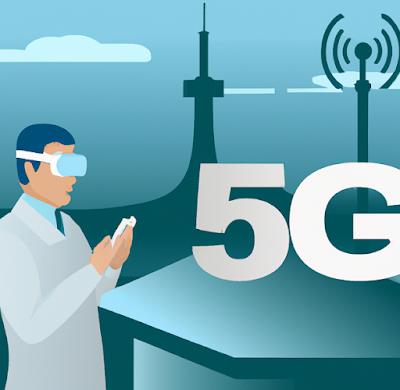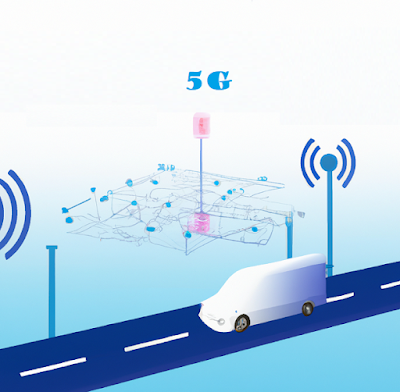IoT and 5G networking - Next Gen Tech blog
Unlocking the Potential of IoT with 5G Networking
The Internet of Things (IoT) and 5G networking are two of the most promising technological innovations of the 21st century. The IoT is a network of interconnected devices and systems that collect and exchange data in real time. On the other hand, 5G networking is the fifth-generation wireless technology that promises faster download and upload speeds, lower latency, and higher reliability. Together, IoT and 5G can revolutionize the way we live, work, and interact with each other.
In this article, we will discuss the intersection of IoT and 5G networking, and how they can complement each other to enable new use cases, applications, and business models.
IoT and 5G Networking Overview
IoT and 5G networking are complementary technologies that can enhance each other's capabilities. IoT devices and systems require a reliable and high-speed network to transfer data in real time. 5G networking, on the other hand, requires a large number of devices and systems to enable the full potential of its capabilities.
IoT devices and systems can leverage the benefits of 5G networking, such as faster download and upload speeds, lower latency, and higher reliability, to deliver better performance, security, and scalability. Similarly, 5G networking can benefit from IoT devices and systems by enabling new use cases and applications that require real-time data processing, edge computing, and low latency.
IoT and 5G Networking Applications
IoT and 5G networking can enable a wide range of applications and use cases that were not possible before. Some of the key applications and use cases include:
Smart Cities: IoT and 5G networking can enable smart city applications, such as traffic management, public safety, energy management, waste management, and smart lighting. 5G networking can provide the required bandwidth and low latency for real-time data processing, while IoT devices can collect and exchange data to optimize the city's resources and services.
Industrial IoT: IoT and 5G networking can enable industrial IoT applications, such as predictive maintenance, asset tracking, and remote monitoring. 5G networking can provide the required bandwidth and reliability for real-time data transmission, while IoT devices can collect and analyze data to improve the efficiency and productivity of industrial processes.
Healthcare: IoT and 5G networking can enable healthcare applications, such as remote patient monitoring, telemedicine, and personalized medicine. 5G networking can provide the required bandwidth and low latency for real-time data transmission, while IoT devices can collect and analyze patient data to provide personalized and timely healthcare services.
Entertainment: IoT and 5G networking can enable entertainment applications, such as virtual reality, augmented reality, and immersive experiences. 5G networking can provide the required bandwidth and low latency for real-time data transmission, while IoT devices can collect and exchange data to enhance the user experience.
Transportation: IoT and 5G networking can enable transportation applications, such as autonomous vehicles, traffic management, and logistics. 5G networking can provide the required bandwidth and low latency for real-time data transmission, while IoT devices can collect and exchange data to optimize transportation services and reduce environmental impact.
Challenges and Opportunities
Despite the immense potential of IoT and 5G networking, there are several challenges that need to be addressed to enable their full potential. Some of the key challenges include:
Interoperability: IoT devices and systems are often built using different standards and protocols, which can create interoperability issues. 5G networking can provide a common platform for IoT devices and systems to communicate and exchange data, but interoperability issues still need to be addressed.
Security: IoT devices and systems are vulnerable to security threats, such as data breaches, malware attacks, and physical tampering. 5G networking can provide improved security features, such as network slicing and encrypted communication, but IoT devices and systems need to be designed with security in mind.
Privacy: IoT devices and systems collect and exchange sensitive data, such as personal information and location data, which can raise privacy concerns. 5G networking can provide enhanced privacy features, such as user authentication and access control, but privacy issues still need to be addressed.
Infrastructure: IoT devices and systems require a reliable and high-speed network infrastructure to transmit data in real-time. 5G networking requires a dense network infrastructure with high-frequency bands to deliver its promised performance. Building and maintaining such infrastructure can be costly and challenging.
Despite these challenges, IoT and 5G networking offer immense opportunities for innovation and growth. By enabling new use cases, applications, and business models, they can drive economic growth, improve quality of life, and promote sustainability.

.jpg)

